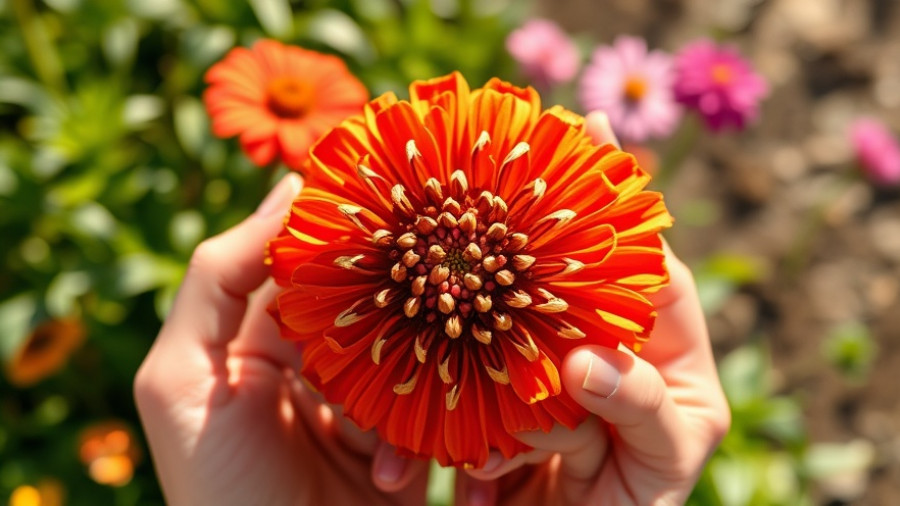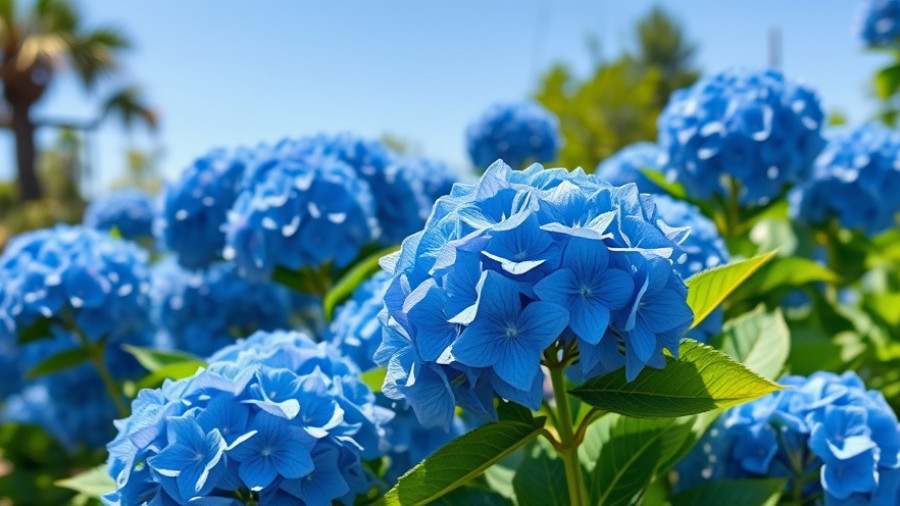
Transform Your Garden with Stunning Outdoor Plants Featuring Large Leaves
If you’ve ever marveled at the striking presence of outdoor plants with oversized leaves, you’re not alone! These botanical wonders, renowned for their big, beautiful foliage, can completely transform your outdoor space, creating both drama and tranquility. Whether you’re a seasoned gardener or a novice wanting to spruce up your backyard, incorporating plants with large leaves can elevate your garden design.
Why Choose Plants with Big Leaves?
Outdoor plants with big leaves do more than just make a statement; they play a pivotal role in the ecosystem of your garden. Not only do they create a lush, tropical atmosphere, but they also serve practical functions, such as providing shade that helps retain soil moisture—essential for sustaining smaller plants in the warmer months.
Furthermore, the dramatic foliage serves as an excellent backdrop, accentuating the colors and shapes of nearby flowers. It’s a beautiful way to add depth and texture to your landscape, inviting visitors to explore the various layers of your garden.
Highlighting Some Remarkable Plants
Among the myriad choices available, here are three standout plants with impressive foliage that can thrive in various climates:
- Big Leaf Ligularia (Ligularia dentata): This perennial is a favorite for shaded areas, showcasing large, heart-shaped leaves that can grow up to 16 inches across. Its leathery texture and rich green hues add a striking pop to any border or shady garden.
- Apricot Frost Canna Lily: Known for its stunning foliage and vibrant blossoms, this plant thrives in sunny locations, bringing colorful life to your garden while serving as a focal point.
- Yellow Futurity Canna Lily: With its bold yellow-stemmed leaves, this plant adds a vibrant splash of color, enhancing the overall aesthetic of your outdoor space.
Design Strategies to Maximize Impact
Incorporating large-leafed plants into your garden design can be an adventure in creativity. Use these plants as anchors in mixed borders or group them together in segments to create a lush, cohesive appearance. They can soften hardscapes, like stone pathways or patios, making the overall landscape more inviting.
When planning your garden layout, consider how sunlight affects where you plant these specimens. Many large-leaved plants thrive in dappled sunlight, so grouping them together in a partially shaded area can enhance their growth and appearance. This encourages a nurturing environment for both the plants and the smaller flora surrounding them.
Embracing the Versatility of Large Leaves
Another appealing aspect of large-leafed plants is their versatility. While many are tropical, others can withstand cooler climates, allowing everyone to experience the aesthetic value they bring. Consider exploring your local plant nursery for specific varieties that suit your climate, and take the time to understand their care needs and optimal growing conditions.
Beyond Aesthetics: Eco-Friendly Benefits
Gardeners should also consider the ecological impact of plant choices. Large-leaved plants not only enhance beauty but also serve the environment by providing essential habitats for local wildlife. These plants can attract beneficial insects and pollinators to your yard, promoting biodiversity in your community.
Additionally, many large-leafed varieties are low maintenance, making them ideal for the eco-conscious gardener looking to reduce upkeep and embrace sustainable practices. Selecting native species can further enhance environmental benefits.
Get Started with Your Backyard Makeover
Ultimately, incorporating plants with large leaves into your garden design opens up endless possibilities for creativity and sustainability. By integrating these dynamic plants, you can not only create an eye-catching outdoor space but also contribute positively to your local ecosystem.
As you contemplate your garden planning, consider how large leaves can add character and depth, enriching your gardening experience. If you’re ready to bring your outdoor space to life, why not start today? Explore local nurseries, research specific plant needs, and let your creativity flow in crafting a garden that is not just visually appealing but also beneficial for the environment!
 Add Row
Add Row  Add
Add 




Write A Comment